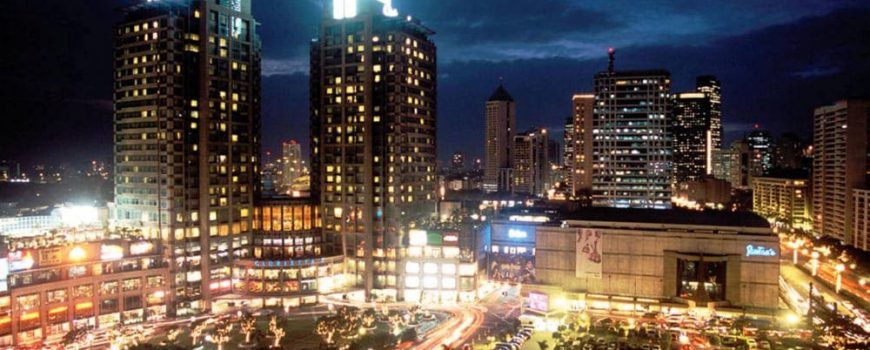)
The official rate of unemployment, which doesn’t include the underemployed or people of working age without a job but not looking for work, sits at 4.7% as of December, which is within the natural rate economists consider healthy for a growing economy (generally between 4-6%). Unemployment filings came in lower than expected last week, yet another sign that the economy is off to a solid start this year. However, worker productivity – output per worker – did reportedly see a slowdown in the last quarter of 2016, meaning companies will either need to hire more or find more skilled workers to keep up with rising demand.
Because of the increased demand and the tightening labor market, wages are increasing to attract better skilled workers, meaning the likely interest rate hikes later this year are coming at the perfect time to help control inflation. Per Reuters, “It looks like firms will have to keep hiring if they want to expand output, as productivity is barely growing,” according to a chief economist at Naroff Economic Advisors in Holland, Pennsylvania. He also went on to imply businesses could see a slightly reduced profit margin if they are not able to adapt to the tightening labor market conditions because of the reduced productivity.
Preliminary data is showing unemployment benefits fell last week to around 246k, marking the longest stretch of claims below 300k since the early 1970s, when the population was much lower. However, the 4-week moving average, which is often thought to be a more accurate indicator of the labor market as it accounts for the weekly volatility, did slightly rise to 248k, so it remains to be seen whether the unemployment trend continues downwards. The wage growth that will likely result from the tightening market is expected to boost consumer spending and the recovery of the housing market (where the majority of Americans’ personal wealth is held).
However, though claims were low at the end of January, total layoffs did see a significant increase last month, with retailers being responsible for the lion’s share (a little under 50% coming from that industry alone). Macy’s announced nearly 70 stores will be shut down, along with major retailers (like Sears, and American Apparel to name a few) announcing similar downsizing plans. With large online retailers, such as Amazon, putting more and more pressure on clothing and department stores, many analysts are predicting this trend continues and picks up in the years to come. Though retail job cuts are on the rise, with the overall economy, especially the manufacturing sector, over-performing, the labor market is still likely to see improvement overall.
According to the Labor Department, worker productivity rose by only 1.3% in the final quarter of 2016, slowing from a whopping 3.5% during the previous quarter. With contractions seen during the first half of 2016, the overall growth for the year came in at only 0.2%, the smallest gain over the past six years. Between 1947 and 2016, productivity grew at an average rate of 2.1%, however since 2007 that rate has been cut in half, averaging only 1.1% over the last ten years.

